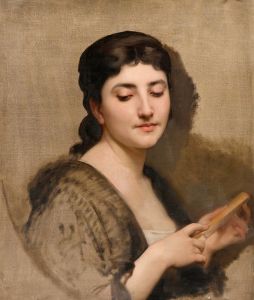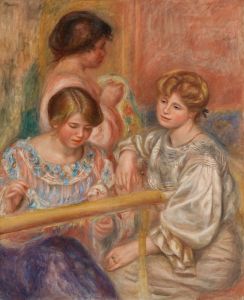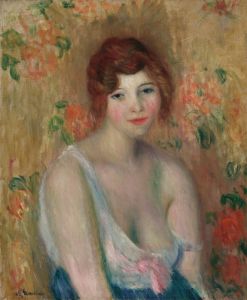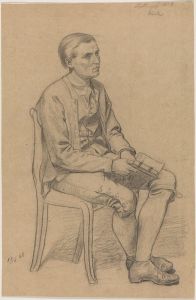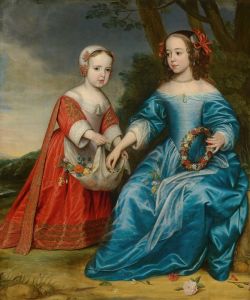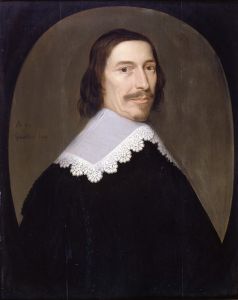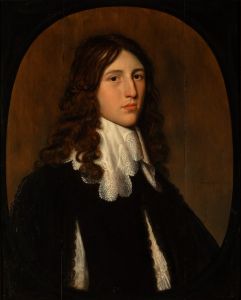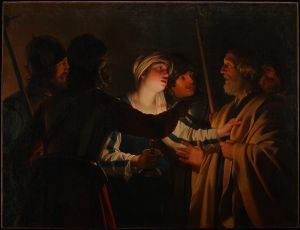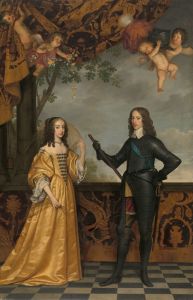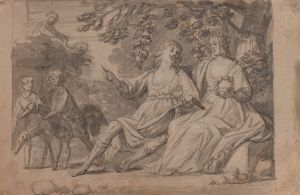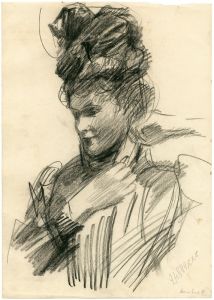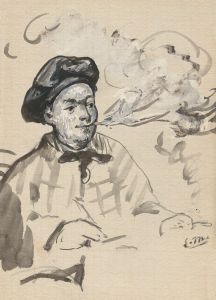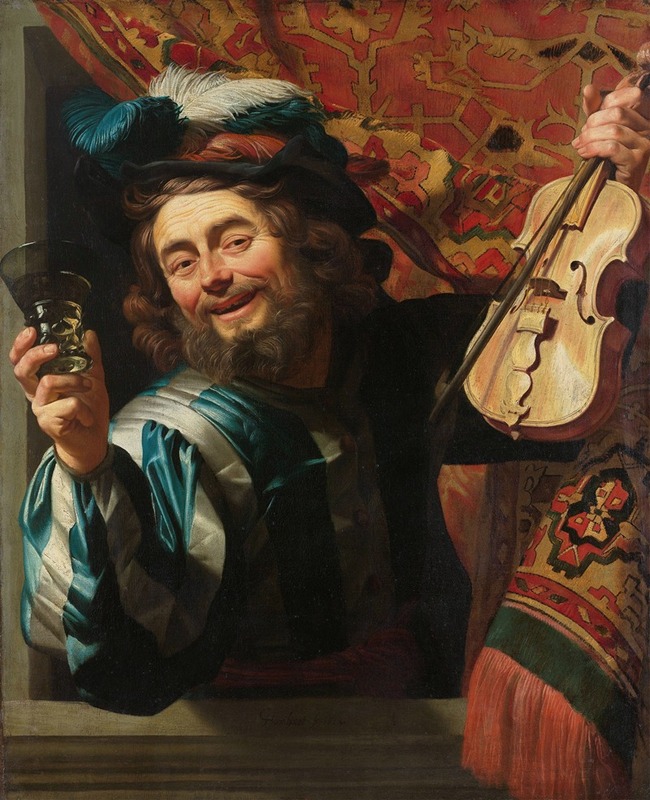
The Merry Fiddler
A hand-painted replica of Gerard van Honthorst’s masterpiece The Merry Fiddler, meticulously crafted by professional artists to capture the true essence of the original. Each piece is created with museum-quality canvas and rare mineral pigments, carefully painted by experienced artists with delicate brushstrokes and rich, layered colors to perfectly recreate the texture of the original artwork. Unlike machine-printed reproductions, this hand-painted version brings the painting to life, infused with the artist’s emotions and skill in every stroke. Whether for personal collection or home decoration, it instantly elevates the artistic atmosphere of any space.
"The Merry Fiddler" is a notable painting by the Dutch Golden Age artist Gerard van Honthorst, created in 1623. Honthorst was renowned for his mastery in the use of chiaroscuro, a technique that employs stark contrasts between light and dark to achieve a sense of volume and three-dimensionality. This painting is a quintessential example of his skill in this area, showcasing his ability to capture lively scenes with dramatic lighting.
The painting depicts a single figure, a musician, who is playing a fiddle. The musician is portrayed with a joyful expression, suggesting a sense of merriment and engagement with his music. This aligns with the title of the work, "The Merry Fiddler." The subject is illuminated by a strong light source, which is characteristic of Honthorst's style, often referred to as "night scenes" or "candlelight paintings." This technique was heavily influenced by the work of Caravaggio, whose use of tenebrism had a significant impact on Honthorst and his contemporaries.
Honthorst's choice of subject matter reflects the cultural milieu of the Dutch Republic during the 17th century, a period marked by a burgeoning interest in genre scenes that depicted everyday life. Music was a popular theme in Dutch art of this era, symbolizing not only entertainment but also the transience of life, a concept often explored in the context of vanitas. The joyful expression of the fiddler, combined with the lively nature of the scene, captures the spirit of the time, where music played a central role in social gatherings and celebrations.
The composition of "The Merry Fiddler" is carefully constructed to draw the viewer's attention to the musician. The use of light not only highlights the fiddler's face and instrument but also creates a sense of intimacy, inviting the viewer to share in the moment of musical enjoyment. The background is kept relatively dark, ensuring that the focus remains on the central figure.
Gerard van Honthorst was part of the Utrecht Caravaggisti, a group of artists from Utrecht who were influenced by Caravaggio's dramatic style. After studying in Italy, Honthorst returned to the Netherlands, where he became a leading figure in this movement. His works were highly sought after, and he enjoyed patronage from both local and international clients, including royalty.
"The Merry Fiddler" is housed in the Rijksmuseum in Amsterdam, which holds an extensive collection of Dutch Golden Age paintings. The museum's acquisition of this work underscores its significance within Honthorst's oeuvre and its importance as a representation of Dutch cultural and artistic heritage.
In summary, "The Merry Fiddler" exemplifies Gerard van Honthorst's adept use of chiaroscuro and his ability to capture the vibrancy of 17th-century Dutch life. Through its lively depiction of a musician, the painting offers insight into the social and cultural dynamics of the period, while also highlighting Honthorst's position as a key figure in the Utrecht Caravaggisti movement.





